Gardening in Florida is a whole different story compared to other parts of the country. The heat, humidity, and sudden downpours can make even the most reliable veggies throw in the towel. I’ve learned—sometimes the hard way—that not every plant is built for this kind of climate, no matter how tough it looks on the seed packet.
Over time, I’ve figured out which vegetables can handle the heat and which ones just can’t keep up. Some absolutely thrive with the long summers and intense sun, while others seem to wither out of sheer protest. This list breaks it down—what works, what doesn’t, and a few surprises along the way.
Okra
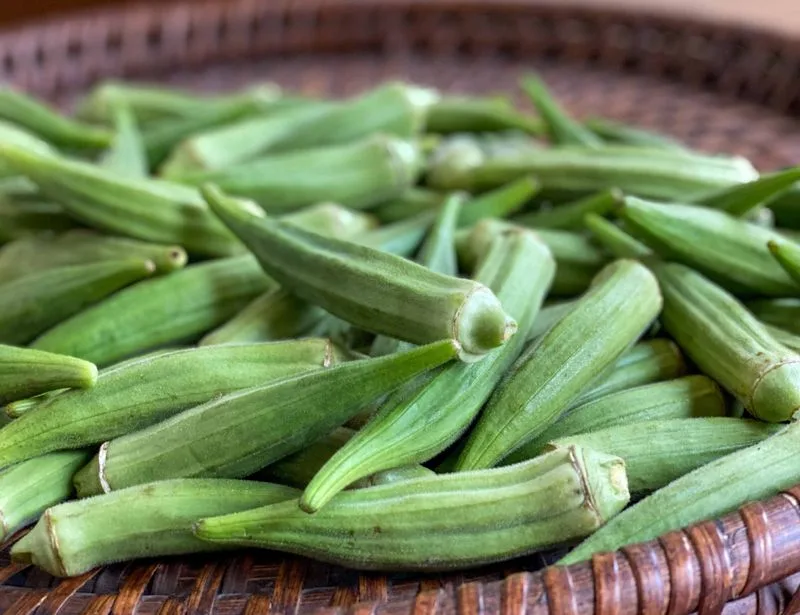
Okra thrives brilliantly in Florida’s heat and sunshine. Its resilience to high temperatures makes it a favorite among local gardeners. Each pod is a powerhouse, bursting with nutrients and flavor. Plant it in well-drained soil and watch it grow tall and proud.
The plant’s beautiful yellow flowers add a touch of charm before transforming into the edible pods we love. Harvest regularly to encourage more growth. As a heat-loving plant, okra will continue to flourish even during the hottest summer days, bringing a touch of the tropics to your garden.
Sweet Potatoes
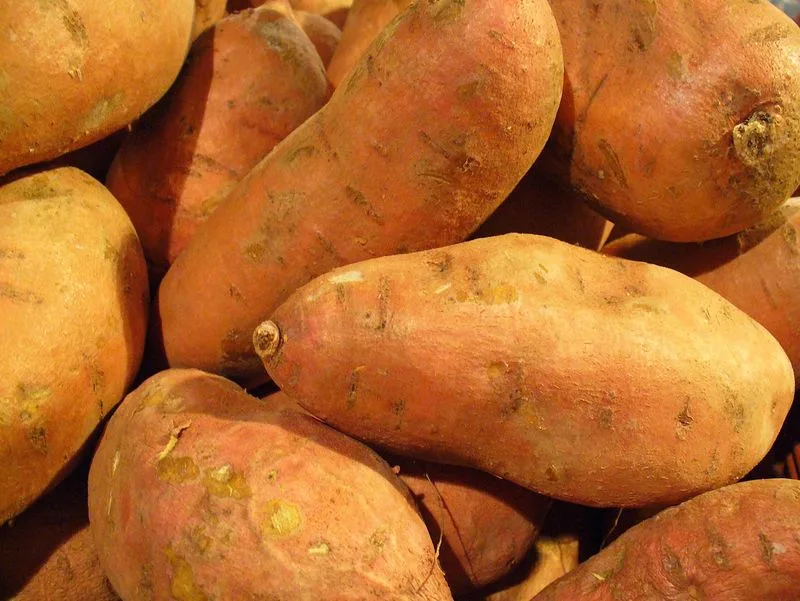
Sweet potatoes are a delightful addition to Florida gardens, thriving in the warmth. Their leaves form a lush, green carpet, creating a picturesque scene in any garden. Easy to grow, they require minimal care.
Beneath the soil, the tubers develop into sweet treasures, ready for harvest after a few months. Enjoy them baked, mashed, or in pies. With Florida’s climate, these plants flourish with little effort, providing a tasty reward. Their ability to withstand heat makes them a reliable choice for gardeners seeking a bountiful yield.
Peppers

Peppers, whether sweet or hot, find a perfect home in Florida’s sun-drenched gardens. Their vibrant colors and spicy flavors make them a garden staple. Plant them in a sunny spot and enjoy a harvest that adds zing to any dish.
With proper care, these plants yield a bounty of colorful fruits. Regular watering and occasional fertilizing ensure robust growth. As the summer heat intensifies, peppers continue to thrive, turning your garden into a vibrant palette. Their ability to adapt to the heat makes them a must-have for any Florida gardener.
Eggplant
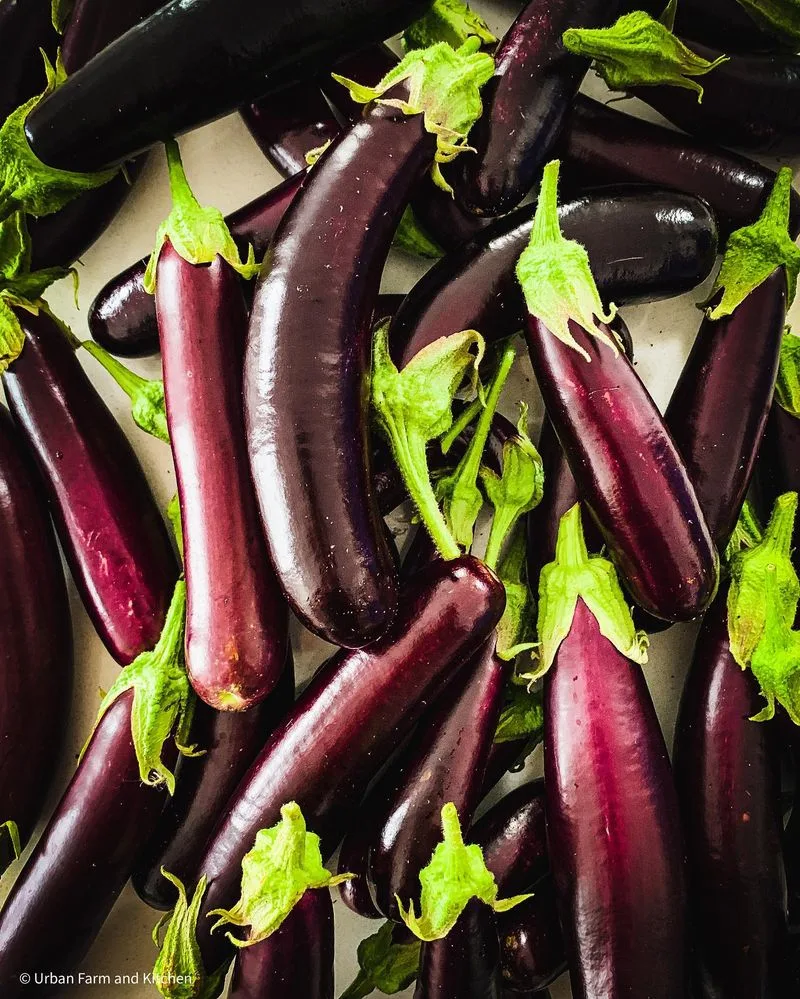
Eggplants bask in Florida’s warmth, producing glossy, purple fruits that are a delight to the senses. With their unique shape and rich color, they make a striking addition to your garden.
Plant them in well-drained soil and provide consistent watering. The fruits develop over a few weeks, offering a rich, savory flavor perfect for grilling or roasting. Their heat tolerance ensures a steady yield, even amid the summer sun, making them an excellent choice for those looking to add variety to their garden.
Tomatoes

Tomatoes love Florida’s sunny climate, turning gardens into vibrant, red-dotted landscapes. Choose heat-tolerant varieties for the best results. With regular care, these plants reward gardeners with juicy, flavorful fruits.
Plant them in well-drained soil, support the vines, and watch them grow. The warm weather encourages a bountiful harvest, perfect for salads and sauces. Despite the heat, tomatoes continue to produce, making them a staple in any garden. Their adaptability and delicious yield make them a favorite among Florida gardeners.
Collard Greens

Collard greens embrace the Florida sun, growing large, lush leaves perfect for a hearty meal. Their resilience to heat makes them a popular choice among local gardeners. Plant them in rich soil and provide consistent moisture for the best growth.
As the leaves grow, they offer a mild, earthy flavor, ideal for traditional Southern dishes. Their ability to thrive in the warm climate ensures a steady supply of greens year-round. Enjoy the freshness they bring to your garden, adding a touch of Southern tradition to your meals.
Cucumbers
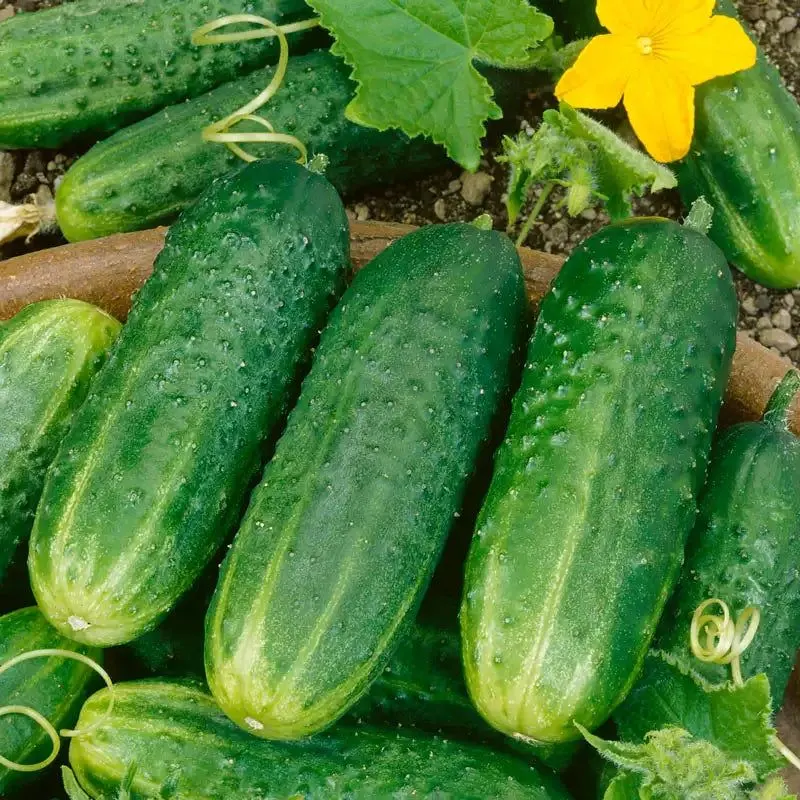
Cucumbers thrive in Florida’s warm climate, offering a refreshing crunch to your garden produce. Their vines love to sprawl, so give them plenty of room or a trellis to climb.
With regular watering and fertile soil, cucumbers produce abundant fruits, perfect for salads or pickling. As the summer days lengthen, these plants continue to produce, ensuring a continuous supply. Their heat tolerance and refreshing taste make them a delightful addition to any garden, providing a crisp contrast to other vegetables.
Lettuce (Struggles)

Lettuce, though a beloved salad staple, often struggles in Florida’s intense heat. The sun causes rapid wilting, leaving leaves limp and unappetizing. Even with careful planning, it’s hard to maintain its crisp texture.
Planting in partial shade and ensuring adequate moisture can help, but the high temperatures often overpower these efforts. If you love fresh lettuce, consider planting during cooler months. Its struggle is a reminder of the challenges in Florida gardening, urging gardeners to choose more heat-tolerant greens for the hot summer months.
Spinach (Struggles)

Spinach, a nutrient-packed green, faces a tough battle against Florida’s scorching sun. Its delicate leaves quickly succumb to heat, resulting in poor growth and bolting.
Even with regular watering, maintaining its lushness proves difficult. Consider growing spinach during cooler seasons for better results. This struggle highlights the need for choosing greens that can endure high temperatures. While spinach is a favorite for its health benefits, the Florida heat sadly limits its potential, making it a less viable option for summer gardening.
Broccoli (Struggles)
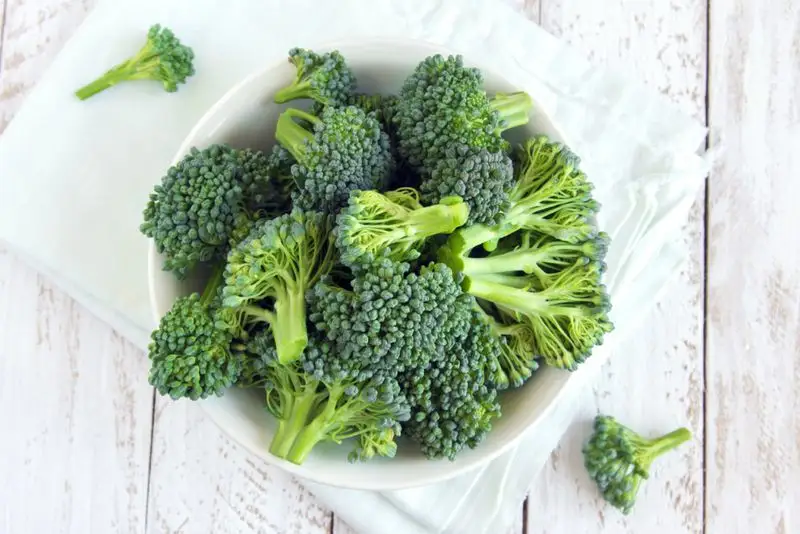
Broccoli, a cool-weather crop, finds Florida’s heat overwhelming. The high temperatures stress the plant, leading to sparse or bolted florets. Despite best efforts, the warm climate proves challenging.
Consider planting in cooler months or exploring heat-resistant varieties. This situation underscores the importance of selecting plants suited to the environment. Broccoli’s struggle serves as a lesson in the complexities of gardening in Florida, reminding us to adapt our choices to the climate for a successful harvest.
Carrots (Struggles)

Carrots, while a kitchen staple, face challenges in Florida’s sandy soils and heat. The conditions often result in underdeveloped roots and a lack of sweetness.
Improving soil quality and choosing heat-tolerant varieties can help, but the struggle remains. These challenges highlight the importance of soil preparation and choosing suitable crops. Carrots’ struggle in the Florida climate serves as a guide to better crop selection, encouraging gardeners to align their efforts with the environment for more successful outcomes.
Cauliflower (Struggles)
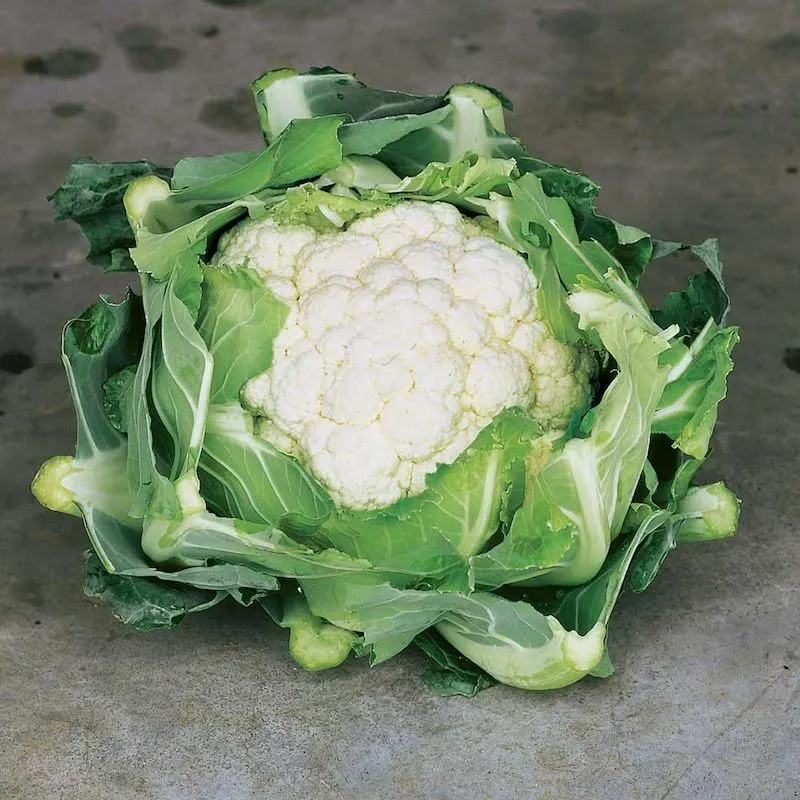
Cauliflower, though versatile and nutritious, struggles with Florida’s relentless heat. The warmth leads to discolored heads and poor development, challenging even the most diligent gardeners.
Consider planting in cooler months or using shade cloth to mitigate the heat. This struggle highlights the need for adaptability in gardening, emphasizing the importance of plant selection based on climate conditions. While cauliflower offers culinary versatility, its difficulty in the heat serves as a reminder to choose crops wisely for successful gardening in Florida.
Brussels Sprouts (Struggles)
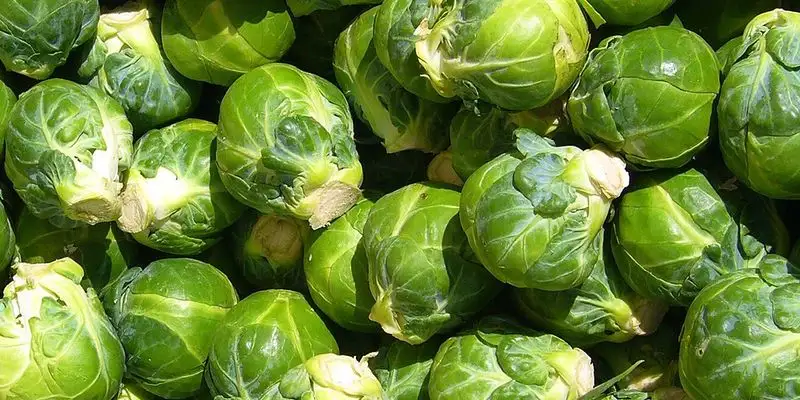
Brussels sprouts, with their unique taste and texture, face significant challenges in Florida’s hot climate. The intense heat often results in poor sprout formation and yellowing leaves.
While they can be grown in cooler months, summer cultivation proves difficult. This struggle emphasizes the importance of understanding plant needs and climate compatibility. Though a delightful addition to meals, Brussels sprouts’ difficulty in thriving during Florida’s heat reminds gardeners to choose more suitable crops for consistent success.
Radishes (Struggles)
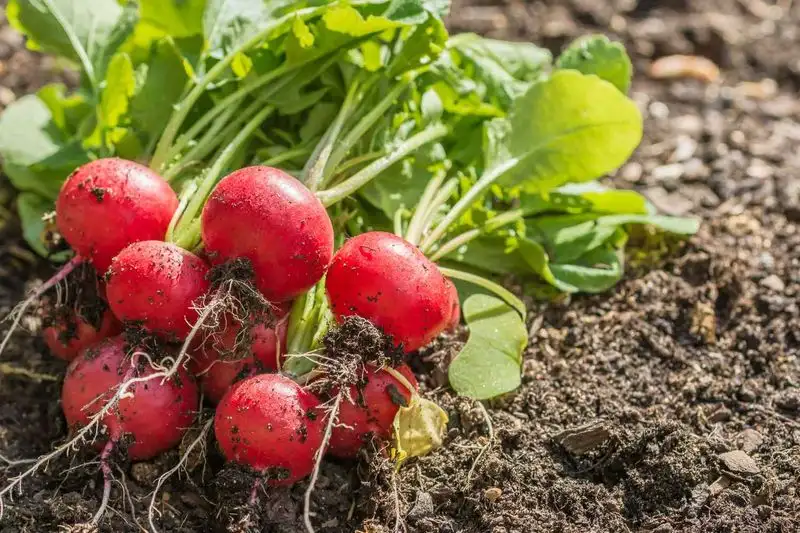
Radishes, known for their quick growth, find Florida’s heat a bit too much to handle. The warmth often leads to spindly growth and cracked roots, diminishing their appeal.
Planting in cooler seasons may yield better results, but the heat remains a persistent challenge. This struggle underscores the need for climate-compatible plant choices. While radishes offer a peppery punch, their difficulty in the heat serves as a reminder to align gardening efforts with environmental conditions for a fruitful harvest.
Peas (Struggles)
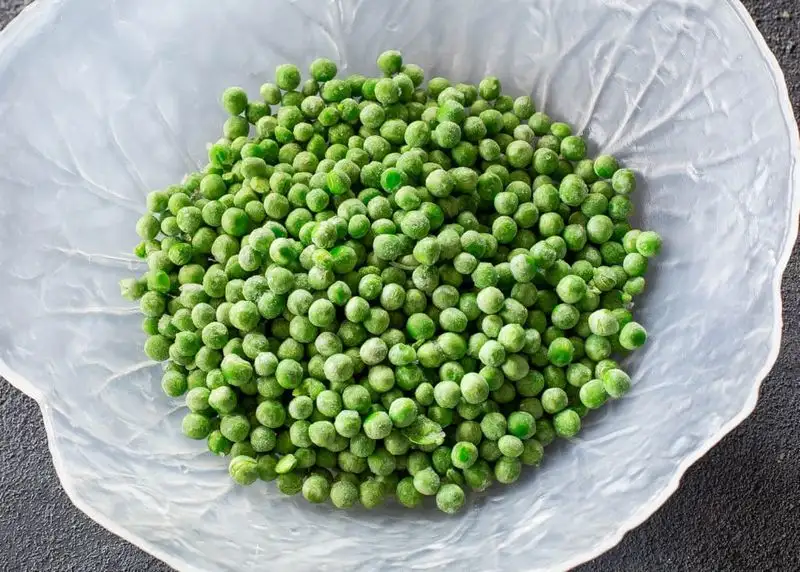
Peas, with their sweet pods, struggle to thrive in Florida’s warmth. The heat causes drooping vines and sparse pod production, challenging even experienced gardeners.
Ideal for cooler climates, peas face an uphill battle in the Florida sun. Planting during milder months can improve success rates. This challenge highlights the importance of choosing crops that align with the local climate. While peas are a beloved addition to any garden, their difficulty in Florida’s heat serves as a reminder to adapt plant selections for better harvest outcomes.
Cabbage (Struggles)
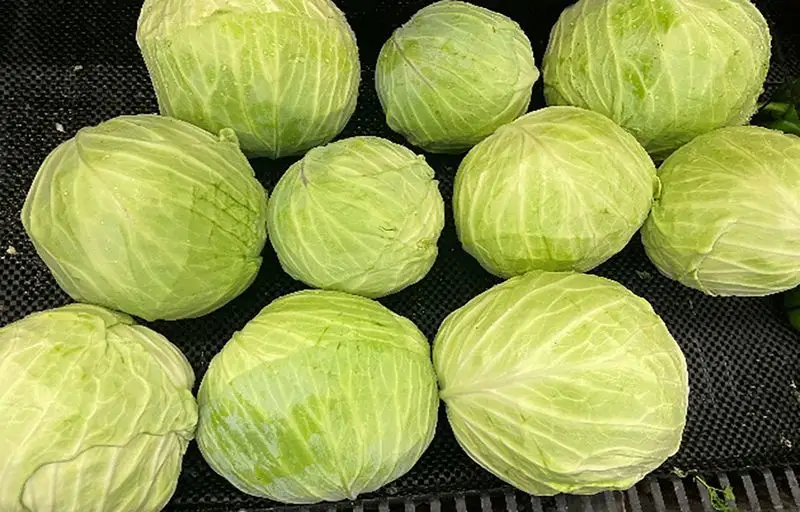
Cabbage, a staple in many kitchens, confronts Florida’s heat with difficulty. The warmth leads to loose, wilting leaves and small heads, often disappointing gardeners.
Planting in cooler seasons or selecting heat-tolerant varieties might help, but the struggle is evident. Cabbage’s challenges in Florida’s climate highlight the need for careful crop selection. Though a versatile vegetable, its difficulty in the heat emphasizes the importance of adapting gardening practices to the environment for successful cultivation.

